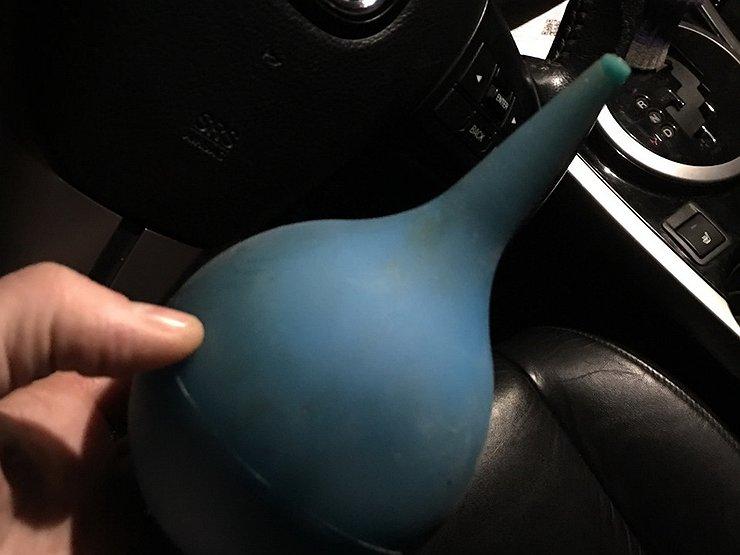
Bleeding the clutch hydraulic system with a central release bearing
Content
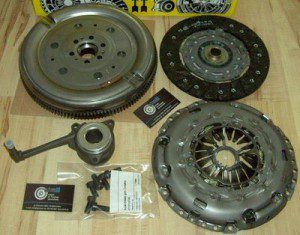 It is important for the hydraulic clutch system to function properly that there is no air in the system. DOT 3 and DOT 4 brake fluids are usually used as filler or must be adhered to the specifications provided by the vehicle manufacturer. Using the wrong brake fluid will damage the seals in the system. Systems in conjunction with the braking system can cause the braking system to fail.
It is important for the hydraulic clutch system to function properly that there is no air in the system. DOT 3 and DOT 4 brake fluids are usually used as filler or must be adhered to the specifications provided by the vehicle manufacturer. Using the wrong brake fluid will damage the seals in the system. Systems in conjunction with the braking system can cause the braking system to fail.
Bleeding the hydraulic system with a center release bearing
Bleeding a clutch hydraulic system is very similar to bleeding a brake system. However, it has its own characteristics, given the different purpose of the terminal devices and, of course, the location.
The center release bearing hydraulic system can be removed with a brake bleed device, but in the home of the hobbyist garage, this is cheaper and in many cases is also a more accurate method of manually bleeding. Some clutch component manufacturers (eg LuK) even recommend that air only be vented manually using central locking systems. This is usually necessary to manually remove air by two people: one operates (depresses) the clutch pedal, and the other releases air (collects or adds hydraulic fluid).
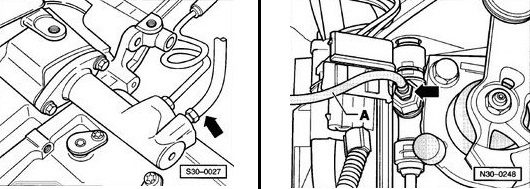
Manual deaeration
- Depress the clutch pedal.
- Open the air valve on the clutch cylinder.
- Keep the clutch pedal pressed all the time - do not let go.
- Close the outlet valve.
- Release the clutch pedal slowly and depress it several times.
The deaeration cycle should be repeated about 10-20 times to ensure complete deaeration. The clutch cylinder is not as "powerful" as the brake cylinder, which means it does not exert as much pressure and therefore deaeration takes longer. It is necessary to top up the hydraulic fluid in the reservoir between cycles. The condition of the liquid in the tank must not fall below the minimum level mark during deaeration. Needless to say, as in the case of bleeding the brakes, the leaked excess fluid must be collected in a container and not dropped unnecessarily on the ground, as it is toxic.
If you are the one for ventilation, there is also the so-called Self-help deaeration method. Many mechanics even find it faster and more efficient. This involves connecting the brake pad (roller) hydraulics to the clutch roller using a hose. The procedure is as follows: remove the front wheel, put a hose on the drain valve of the piggy bank, then press the brake (bleed) pedal to fill the hose, and then connect it to the clutch drain valve, release the clutch drain valve and press the brake pedal to push the brake fluid through the cylinder clutch into the container.
Sometimes even simpler methods can be used. Draw brake fluid into a sufficiently large syringe, put a hose on it, which is then connected to the bleed valve, loosen the clutch bleed valve and push the fluid into the system. It is important that the hose is filled with fluid to prevent air from entering the system. Another option is to connect a larger syringe to the deaeration valve, loosen the valve, pull (suck in the liquid), pull, step on the pedal and repeat this method several times.
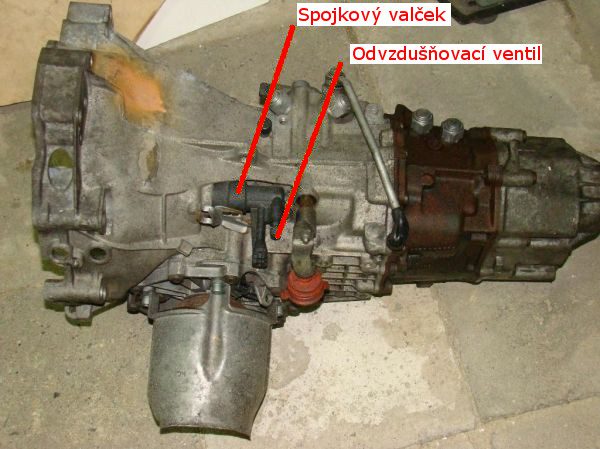
Special cases
The air removal method described above is universal and may not always be successful for all vehicles. As an example, the following procedures are given for some BMW and Alfa Romeo vehicles.
BMW E36
Often the classical ventilation method does not help, and the system is ventilated anyway. In this case, it will help to disassemble the entire video. Subsequently, it is necessary to simultaneously squeeze the roller (until it stops) and loosen the outlet valve. When the roller is fully compressed, the outlet valve closes and the roller is replaced. Subsequently, the entire clutch system is removed when the pedal is depressed. This means stepping on the air valve and releasing it. Repeat this process several times.
Alfa Romeo 156 GTV
Some systems do not have a conventional vent valve. It is then commonly found in a so-called venting hose system, which is protected at the end by a fuse. In this case, the ventilation of the system is carried out as follows. The fuse is pulled out, another hose of the corresponding diameter is put on the hose, which will drain the excess liquid into the collection container. Then the clutch pedal is depressed until a clear fluid flows without fluid. Subsequently, the collection hose is disconnected and the fuse is attached to the original hose.
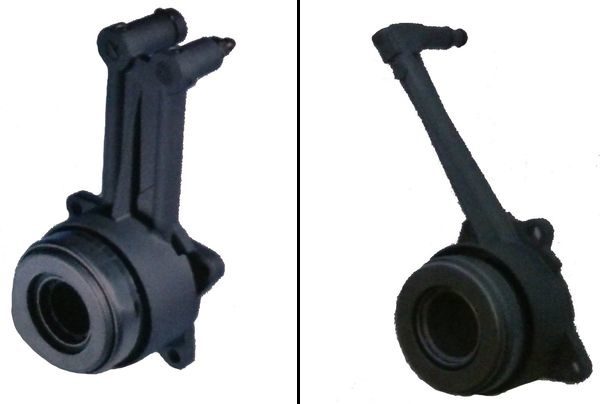
1. Central locking mechanism with separate ventilation line. 2. Central shut-off mechanism with purge in the hydraulic line.
Some people like to conclude
It often happens that if deaeration does not help, another described deaeration method can help. If even the combination does not work, it is usually due to poor compaction or even to the clutch roller in general.
If someone wants to use a device to bleed the brakes in a manual bleeding method, they should keep in mind that when the clutch pedal is pressed at the same time as the connected device, so-called overpressure occurs in the center release bearing. Such a "extended" center release bearing is also not suitable for the correct and reliable operation of the clutch system and must be replaced. Also, in the case of a hydraulic bearing, it is not recommended to squeeze it with your hands and simulate the movement of the part during operation. Applying pressure to a bearing can damage its seals and disconnect parts of that component. More specifically, damage to both the outer and inner seals can occur due to uneven pressure applied to the component, as well as excessive friction, since the component is empty without hydraulic fluid.

